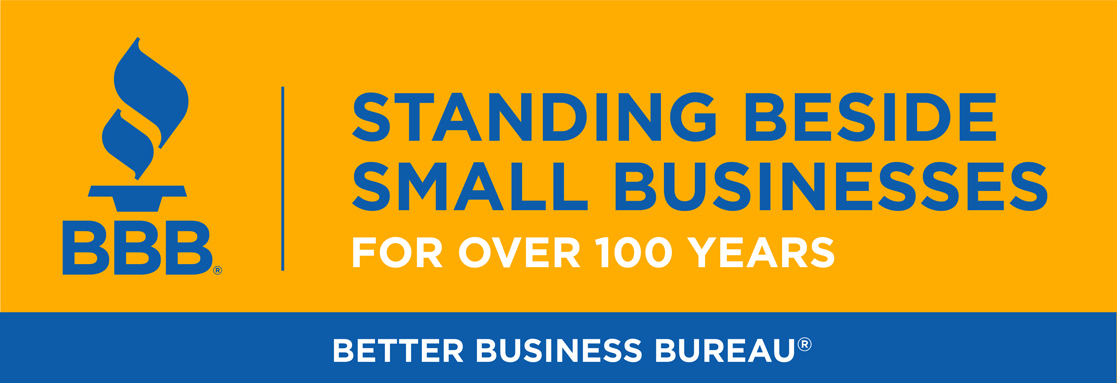“Ghost tapping” sounds like it might be related to Halloween fun, but unfortunately, it’s scary for a different reason: It’s a new type of scam to beware of. Luckily, there are a few steps you can take to avoid this spooky scam.
Ghost tapping is a type of scam that takes advantage of tap-to-pay credit cards and mobile wallets. These payment methods work through Near Field Communication (NFC), which allows devices to exchange data at close range. NFC is generally safe, but scammers can exploit it in crowded spaces or distracting situations.
Previously, debit and credit card scams required physical contact with the card, but ghost tapping doesn’t. Ghost tapping scammers might try:
• Getting close in public spaces. Someone might bump into you while secretly charging your tap-enabled card or mobile wallet.
• Pretending to be a vendor. At events, flea markets, or festivals, fraudsters might set up fake stands and ask for tap payments.
• Charity scams. They might request a small donation but actually charge your card for a much larger amount.
• Rushing the process. Scammers count on you tapping without checking the business name or transaction amount.
Once a scammer has your credit card or mobile wallet information, they might make small transactions to avoid triggering your financial institution’s fraud detection systems – so you might not notice the theft right away.
You can help prevent ghost tapping by being cautious when using your card in crowded spaces and purchasing from unfamiliar vendors, but this scam can still happen to anyone. The best way to avoid losing money is to review your financial accounts regularly and contact your bank as soon as you notice any suspicious activity.
What are the red flags of ghost tapping?
• Bank alerts about small or unusual “test” charges.
• A request to tap without showing you the total or offering a receipt.
• Suspicious charges after you’ve been in crowded areas like festivals, markets, or transit stations.
How do I protect myself from a tap-to-pay scam?
• Use Radio Frequency Identification (RFID) protection. An RFID-blocking wallet or sleeve for your credit card can help stop wireless skimming.
• Always confirm payment details. Before tapping your card or phone, check the merchant’s name and amount on the terminal screen. Don’t allow someone to rush you into a purchase before you’ve had time to review everything.
• Keep an eye on your accounts. Daily checks help you spot fraud faster. Look for charges from unfamiliar companies. Keep track of what subscriptions you have and when they typically charge you so you can spot outliers.
• Set up transaction alerts. Many banks allow real-time notifications for every charge.
• Limit tap-to-pay use in high-risk areas. When in doubt, consider swiping or inserting your card instead.
What do I do if I experience a ghost tapping scam?
• Report scams. Report the issue to your financial institution immediately so they can freeze your card or take other fraud recovery actions. You can also report the incident to BBB Scam Tracker to help protect other shoppers.




Facebook Comments